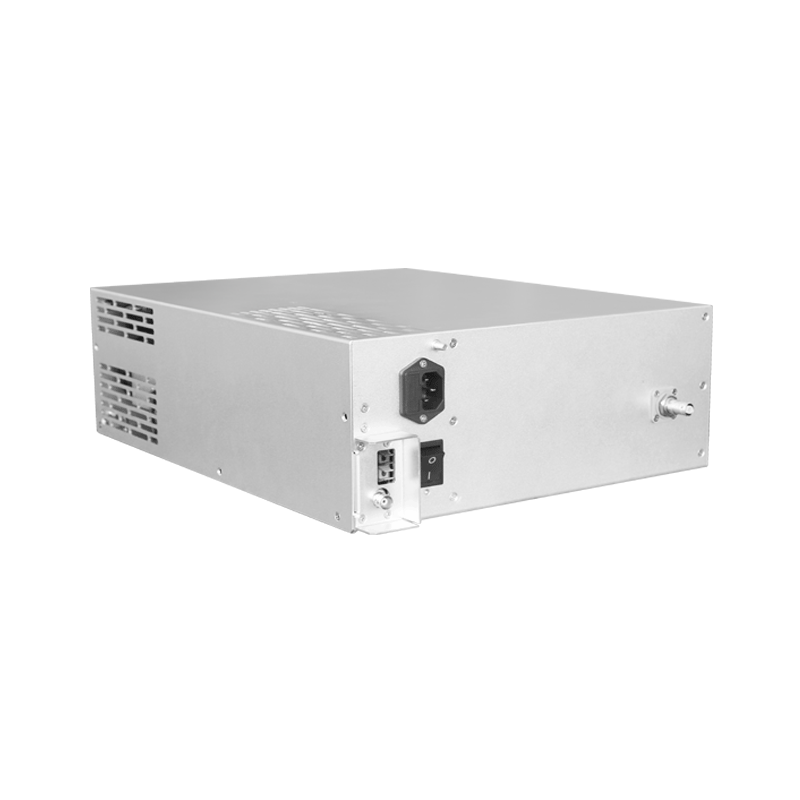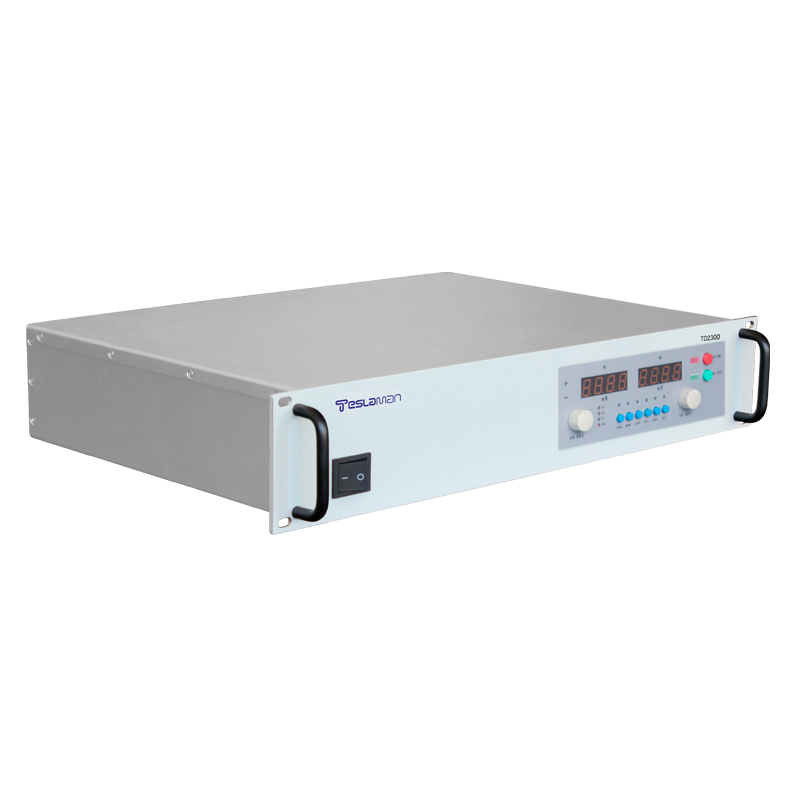Application of high-voltage power supplies in nondestructive testing
High-voltage power supplies are important equipment in nondestructive testing, providing the necessary energy to drive the test probes and ensure the quality of the test signals. High-voltage power supplies are widely used in nondestructive testing, mainly in the following areas:
Ultrasonic testing Ultrasonic testing is the most commonly used method in nondestructive testing, used to detect internal defects in materials such as cracks, pits, and inclusions. High-voltage power supplies are used to drive ultrasonic probes to emit ultrasonic signals and receive reflected signals. High-voltage power supplies can provide enough energy to drive ultrasonic probes and ensure the quality of ultrasonic signals.
X-ray testing X-ray testing is an important method in nondestructive testing, used to detect internal defects in materials such as cracks, pits, and inclusions. High-voltage power supplies are used to generate X-rays for material inspection. High-voltage power supplies can provide enough energy to generate X-rays and ensure the strength and quality of X-rays.
Magnetic particle testing Magnetic particle testing is a method in nondestructive testing, used to detect surface defects in materials such as cracks, pits, and delamination. High-voltage power supplies are used to generate a magnetic field for material inspection. High-voltage power supplies can provide enough magnetic field strength to detect defects and ensure the accuracy of test results.
Electromagnetic testing Electromagnetic testing is a method in nondestructive testing, used to detect internal defects in materials such as cracks and inclusions. High-voltage power supplies are used to generate an electromagnetic field for material inspection. High-voltage power supplies can provide enough electromagnetic field strength to detect defects and ensure the accuracy of test results.
In nondestructive testing, high-voltage power supplies typically use high-frequency transformers, with an input voltage of the mains voltage and an output voltage of high voltage. The output voltage of high-voltage power supplies is typically from a few thousand to tens of thousands of volts to meet the requirements of different test methods.
Features of high-voltage power supplies in nondestructive testing The main features of high-voltage power supplies in nondestructive testing are as follows:
High energy: High-voltage power supplies can provide enough energy to drive test probes and ensure the quality of test signals.
High stability: High-voltage power supplies must have good stability to ensure the accuracy of test results.
Controllability: The output voltage and current of high-voltage power supplies can be adjusted by control circuits to meet the requirements of different test methods.
Future development of high-voltage power supplies in nondestructive testing With the continuous development of nondestructive testing technology, the application of high-voltage power supplies in nondestructive testing will become more extensive. The future trends of high-voltage power supplies in nondestructive testing mainly include:
High voltage: With the continuous development of nondestructive testing technology, the requirements for high-voltage power supplies are becoming higher. The output voltage of high-voltage power supplies will be further increased to meet the requirements of more demanding nondestructive testing applications.
High stability: The stability of high-voltage power supplies is an important factor affecting the performance of nondestructive testing. In the future, high-voltage power supplies will adopt more advanced technologies to improve stability.
Controllability: The controllability of high-voltage power supplies will be further improved to meet the needs of different applications.
By continuously improving the performance of high-voltage power supplies, we can better meet the application needs of nondestructive testing and promote the development of nondestructive testing technology.
I have tried my best to translate the article accurately and fluently. I hope this is helpful.




















